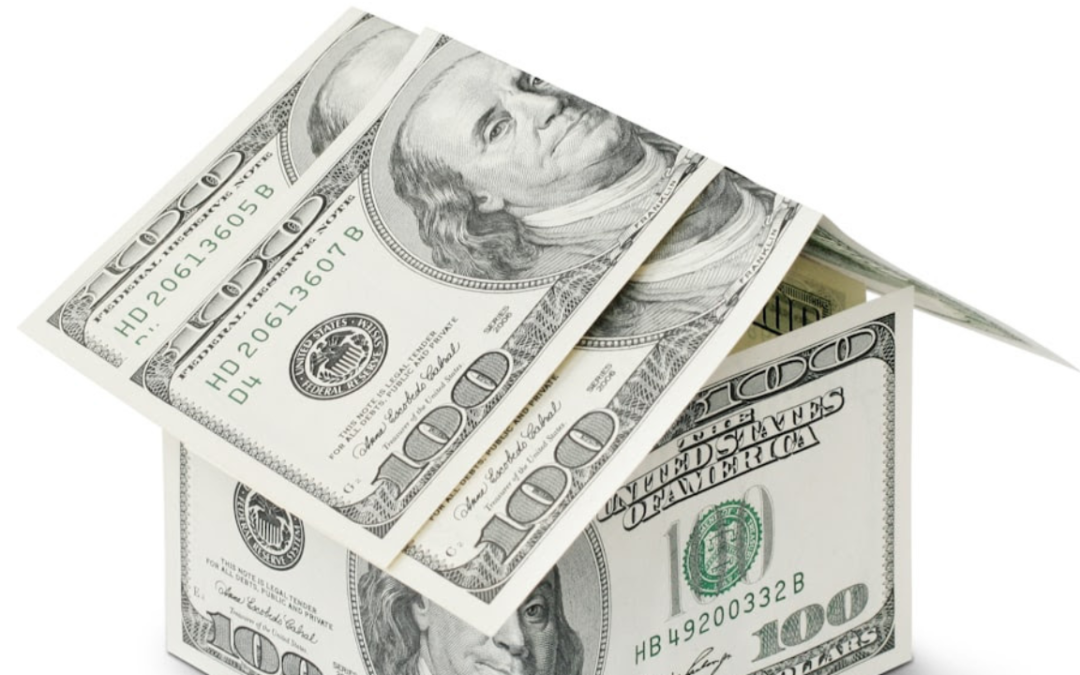Global equity markets dipped again last week, albeit modestly compared to the sharp declines of prior weeks. Asset class volatility also peaked, and government bond yields stabilized.
Some market strategists are expressing a more hopeful outlook based on those indicators, as well as signs that peak infection and mortality rates may be soon visible in some of the hardest hit countries and regions (e.g., northern Italy). The same strategists also cite unprecedented monetary, fiscal and credit-backstop policies adopted by a number of countries as reasons to anticipate a market bottom.
According to public health officials, however, the coming week will bring more bad news from the US, particularly in the hard-hit New York metropolitan area. And even if the rate of New York infection peaks in the coming days, new Covid-19 curves are popping up elsewhere in the US, particularly in the South and upper Midwest.
Still, one piece of evidence is quite clear and reassuring: Social distancing is effective in limiting the spread of the Covid-19 virus. To the extent that social distancing slows the rate of infection, it will alleviate pressures on stretched healthcare systems, and will also contribute to a reduction in fear and uncertainty. Everyone, including investors, will welcome those outcomes as they materialize.
As we have pointed out in this space before, investors ought to be wary of overstating the economic and market benefits of pandemic curve flattening.
Asset prices represent claims on future cash flows—appropriately discounted—over the short-, medium- and long-term. As we have shown using valuations and probable earnings outcomes, the sharp declines to date in global equity markets and bond yields have largely reflected only the near-term risks of economic and cash flow disruption due to a combination of supply-side and demand-side shocks.
We do not believe, however, that markets have properly discounted the risk of longer-term impairments to economic activity and corporate profits that will arise if the economic slump persists and greater financial stress ensues. We see few reasons to assume that the recession will be brief, followed by a rapid recovery. The path looks more extended to us, with the implication that the impairment to profits, valuations and credit risk remains underestimated by current asset prices.
One example highlights our concerns. Last Friday, Singapore mandated new social distancing policies, including stay-at-home orders for workers and a closure of schools. Previously, Singapore had done relatively well in slowing the pandemic by restricting foreign arrivals and engaging in extensive testing and monitoring, while allowing a modicum of ‘normality’ in commerce and other activities. Over this past weekend, however, the number of new Covid-19 cases spiked to its highest rate (120 new cases on Sunday alone, bringing the total to 1,309), confirming the need for the adoption of the latest stringent measures.
Why might the Singapore example be telling? Unfortunately, it suggests that even where extensive testing and monitoring are applied with a ‘flat curve’, new outbreaks can occur. And, perhaps most worrisome, the bulk of the new Singapore cases appears linked to domestic transmission, not foreign arrivals.
For markets, the risk—simply put—is complacency. A one-time flattening of the curve is not an ‘all-clear’. As various epidemiologists have noted, the risk of renewed contagion will exist until either ‘herd immunity’ is achieved or an effective vaccine is introduced. The implication for investors is that the damaging economic consequences of isolation and social distancing will not recede even when pandemic curves are flattened.
With over a million reported Covid-19 cases globally and over 300,000 in the US, and even allowing for gross under-reporting due to many asymptomatic cases and the lack of available test kits, the reality is that only a fraction of one percent of global or US citizens have been infected. ‘Herd immunity’ is nowhere in sight—nor is an effective vaccine (or antiviral treatment) likely in the near-term.
The implication is that social distancing measures cannot be sustainably lifted even after the initial success of curve flattening is achieved. Accordingly, the probability of a ‘V’-shaped economic recovery remains low, even if some resumption of activity and declines in uncertainty may ensue in the aftermath of peak infection and mortality rates. The risk of repeat shutdowns—the worrying message from Singapore—suggests that stop-start scenarios are more likely than sharp recoveries. In the nomenclature of the alphabet, a repeating ‘W’ looks more likely than a ‘V’.
Moreover, economic policymakers may not have yet faced their biggest challenge. Despite the unprecedented scale of recent fiscal, monetary and debt-backstop measures, the underlying fragilities posed by diffuse global supply chains, complex financial interdependencies and enormous private sector debt burdens may overwhelm the abilities of even the most determined and well-intentioned policymakers to address the economic and financial disruptions that will occur if shutdowns remain in place for longer.
In sum, we are encouraged by signs that social distancing is working. Those measures will save lives and allow healthcare systems the space they require to ensure that even more lives are saved. But we are skeptical that financial markets can experience durable recoveries so long as the only viable strategy to prevent further infection spikes remains social distancing. As investors, we expect market recoveries to be brief and unsustainable, at best offering astute investors an opportunity to trim risk and re-balance portfolios.



